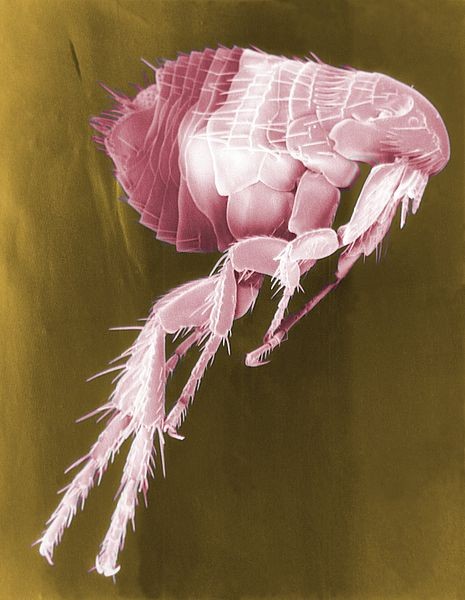
Fifty-seven people have died in Madagascar from an outbreak of plague, according to the World Health Organization. There have been 213 diagnosed cases, with more deaths expected, after recent flooding in this island nation off the east coast of Africa.
Plague is an endemic disease in Madagascar. This outbreak started in August 2014. However, flooding from a tropical storm and cyclone the week of January 19 has pushed many thousands of people from their homes and possibly spreading the outbreak further. At the same time, the flood waters have also dispersed huge numbers of rats, which carry the fleas that carry the bacteria that causes plague.
Outbreaks of plague are usually fought with antibiotics for infected people and with insecticides against the fleas. However, fleas are becoming resistant the usual insecticides being used.
Plague is caused by Yersinia pestis, a bacterium. It spreads from rodents to fleas and back again. When infected fleas bite a human, that person can contract bubonic plague. Symptoms of bubonic plague include high fever and very swollen lymph nodes that are called buboes. Bubonic plague can be treated with antibiotics, but an untreated person infected with bubonic plague can die within a day.
If the plaque infection reaches the lungs, it becomes pneumonic plague, which spreads easily from person to person through coughing and sneezing that spray infected droplets into the air. If another person inhales the droplets, they can become infected. This form of plague also can be treated with antibiotics, but someone with pneumonic plague can die within hours. About 8% of cases of bubonic plague progress to pneumonic plague.
A few cases of plague occur each year in the United States. These cases occur usually in rural areas in the Southwest, where the disease is carried by rodents.
Historically, there have been three worldwide pandemics of Y. pestis plague: in 540 and 541 AD; in the 1300s as the Black Death, when as many as 100 million people may have died; and in the middle 1800s.

